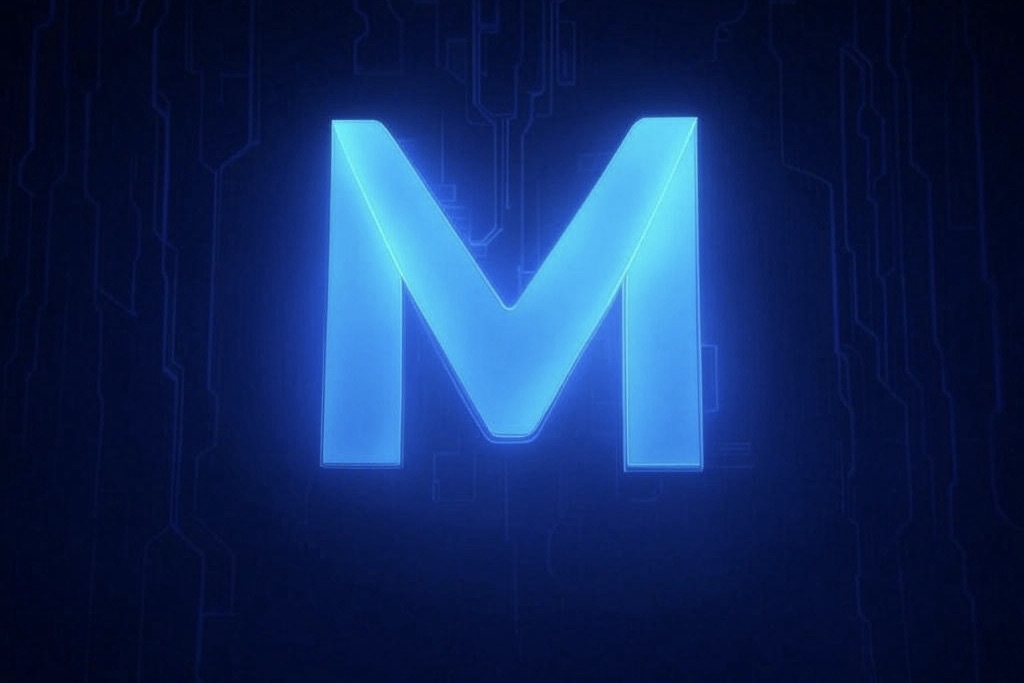TLDW/TLDR
Tyler Cowen, an economist and writer, shares practical ways AI transforms writing and research in a conversation with David Perell. He uses AI daily as a “secondary literature” tool to enhance reading and podcast prep, predicts fewer books due to AI’s rapid evolution, and emphasizes the enduring value of authentic, human-centric writing like memoirs and personal narratives.
Detailed Summary of Video
In a 68-minute YouTube conversation uploaded on March 5, 2025, economist Tyler Cowen joins writer David Perell to explore AI’s impact on writing and research. Cowen details his daily AI use—replacing stacks of books with large language models (LLMs) like o1 Pro, Claude, and DeepSeek for podcast prep and leisure reading, such as Shakespeare and Wuthering Heights. He highlights AI’s ability to provide context quickly, reducing hallucinations in top models by over tenfold in the past year (as of February 2025).
The discussion shifts to writing: Cowen avoids AI for drafting to preserve his unique voice, though he uses it for legal background or critiquing drafts (e.g., spotting obnoxious tones). He predicts fewer books as AI outpaces long-form publishing cycles, favoring high-frequency formats like blogs or Substack. However, he believes “truly human” works—memoirs, biographies, and personal experience-based books—will persist, as readers crave authenticity over AI-generated content.
Cowen also sees AI decentralizing into a “Republic of Science,” with models self-correcting and collaborating, though this remains speculative. For education, he integrates AI into his PhD classes, replacing textbooks with subscriptions to premium models. He warns academia lags in adapting, predicting AI will outstrip researchers in paper production within two years. Perell shares his use of AI for Bible study, praising its cross-referencing but noting experts still excel at pinpointing core insights.
Practical tips emerge: use top-tier models (o1 Pro, Claude, DeepSeek), craft detailed prompts, and leverage AI for travel or data visualization. Cowen also plans an AI-written biography by “open-sourcing” his life via blog posts, showcasing AI’s potential to compile personal histories.
Article Itself
How AI is Revolutionizing Writing: Insights from Tyler Cowen and David Perell
Artificial Intelligence is no longer a distant sci-fi dream—it’s a tool reshaping how we write, research, and think. In a recent YouTube conversation, economist Tyler Cowen and writer David Perell unpack the practical implications of AI for writers, offering a roadmap for navigating this seismic shift. Recorded on March 5, 2025, their discussion blends hands-on advice with bold predictions, grounded in Cowen’s daily AI use and Perell’s curiosity about its creative potential.
Cowen, a prolific author and podcaster, doesn’t just theorize about AI—he lives it. He’s swapped towering stacks of secondary literature for LLMs like o1 Pro, Claude, and DeepSeek. Preparing for a podcast on medieval kings Richard II and Henry V, he once ordered 20-30 books; now, he interrogates AI for context, cutting prep time and boosting quality. “It’s more fun,” he says, describing how he queries AI about Shakespearean puzzles or Wuthering Heights chapters, treating it as a conversational guide. Hallucinations? Not a dealbreaker—top models have slashed errors dramatically since 2024, and as an interviewer, he prioritizes context over perfect accuracy.
For writing, Cowen draws a line: AI informs, but doesn’t draft. His voice—cryptic, layered, parable-like—remains his own. “I don’t want the AI messing with that,” he insists, rejecting its smoothing tendencies. Yet he’s not above using it tactically—checking legal backgrounds for columns or flagging obnoxious tones in drafts (a tip from Agnes Callard). Perell nods, noting AI’s knack for softening managerial critiques, though Cowen prefers his weirdness intact.
The future of writing, Cowen predicts, is bifurcated. Books, with their slow cycles, face obsolescence—why write a four-year predictive tome when AI evolves monthly? He’s shifted to “ultra high-frequency” outputs like blogs and Substack, tackling AI’s rapid pace. Yet “truly human” writing—memoirs, biographies, personal narratives—will endure. Readers, he bets, want authenticity over AI’s polished slop. His next book, Mentors, leans into this, drawing on lived experience AI can’t replicate.
Perell, an up-and-coming writer, feels the tension. AI’s prowess deflates his hard-earned skills, yet he’s excited to master it. He uses it to study the Bible, marveling at its cross-referencing, though it lacks the human knack for distilling core truths. Both agree: AI’s edge lies in specifics—detailed prompts yield gold, vague ones yield “mid” mush. Cowen’s tip? Imagine prompting an alien, not a human—literal, clear, context-rich.
Educationally, Cowen’s ahead of the curve. His PhD students ditch textbooks for AI subscriptions, weaving it into papers to maximize quality. He laments academia’s inertia—AI could outpace researchers in two years, yet few adapt. Perell’s takeaway? Use the best models. “You’re hopeless without o1 Pro,” Cowen warns, highlighting the gap between free and cutting-edge tools.
Beyond writing, AI’s horizon dazzles. Cowen envisions a decentralized “Republic of Science,” where models self-correct and collaborate, mirroring human progress. Large context windows (Gemini’s 2 million tokens, soon 10-20 million) will decode regulatory codes and historical archives, birthing jobs in data conversion. Inside companies, he suspects AI firms lead secretly, turbocharging their own models.
Practically, Cowen’s stack—o1 Pro for queries, Claude for thoughtful prose, DeepSeek for wild creativity, Perplexity for citations—offers a playbook. He even plans an AI-crafted biography, “open-sourcing” his life via blog posts about childhood in Fall River or his dog, Spinosa. It’s low-cost immortality, a nod to AI’s archival power.
For writers, the message is clear: adapt or fade. AI won’t just change writing—it’ll redefine what it means to create. Human quirks, stories, and secrets will shine amid the deluge of AI content. As Cowen puts it, “The truly human books will stand out all the more.” The revolution’s here—time to wield it.

